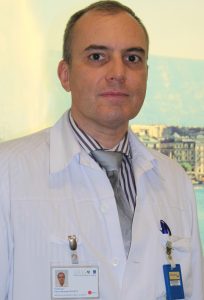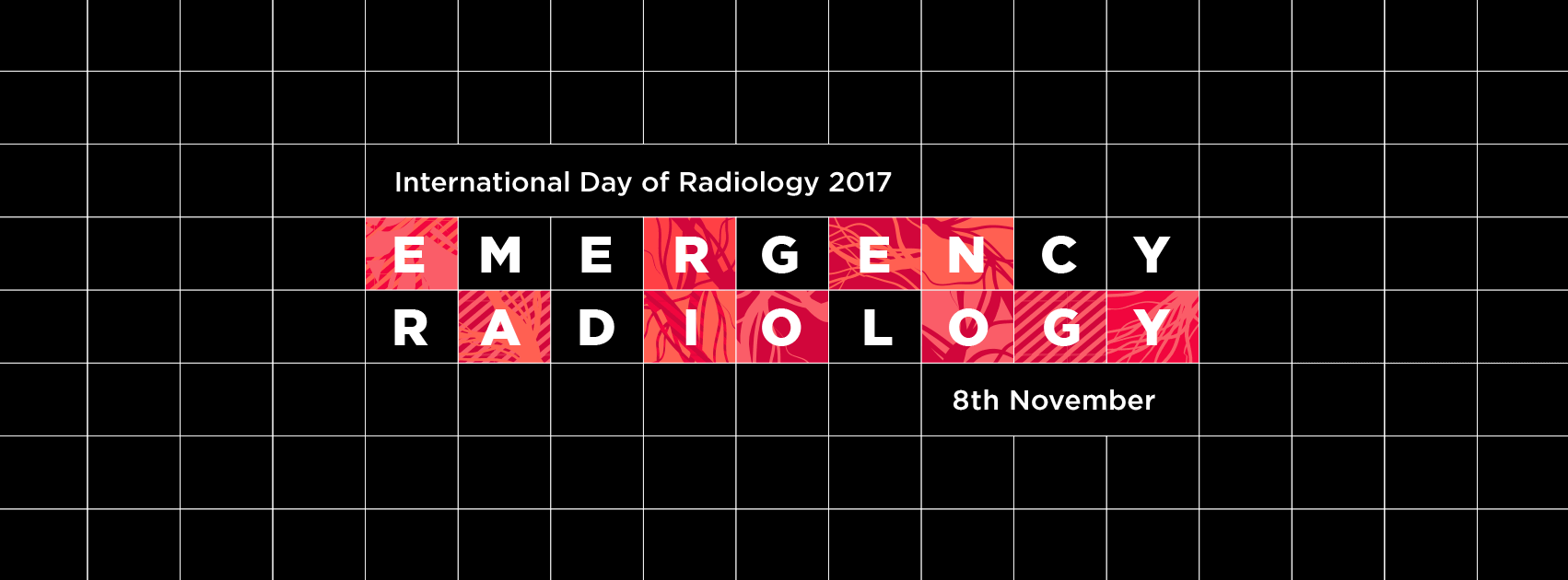CT examinations up by more than 300% over 15 years, while number of emergency patients has increased only 10% says Swiss specialist
This year, the main theme of the International Day of Radiology is emergency radiology. To get some insight into the field, we spoke to Swiss radiologist Prof. Pierre-Alexandre Poletti, currently in charge of the emergency radiology unit and vice-chairman of the radiology service at the University Hospital of Geneva in Geneva, Switzerland.
European Society of Radiology: Could you please describe the role of the radiologist in a typical emergency department in your country?
Pierre-Alexandre Poletti: Emergency radiologists in Switzerland adhere to the most appropriate imaging protocols and algorithms for emergency patients to optimise and expedite the radiological management of emergency-department patients in term of quality of care and improvement of workflow.
Also, radiologists have to teach the fundamentals and the specifics of emergency radiology to the radiology residents in the emergency department. They must establish links and close collaborations between the emergency radiology team and the various subspecialties in radiology.

Prof. Pierre-Alexandre Poletti is currently in charge of the emergency radiology unit and vice-chairman of the radiology service at the University Hospital of Geneva in Geneva, Switzerland.
ESR: What does a typical day in the emergency department look like for a radiologist?
PAP: As part of their workflow, emergency radiologists work using various imaging modalities (mainly CT, ultrasound and conventional radiology) chosen to adapt to the specific clinical suspicions of the emergency physician. The senior radiologists supervise the examinations performed by the residents to discuss specific problems they may have. The radiologists participate in multidisciplinary events, such as case presentations, journal clubs, and morbidity and mortality meetings.
ESR: Teamwork is crucial in the emergency department. How is this accomplished in your department and who is involved?
PAP: Representatives of the radiological team have regular meetings with various emergency-team members to address the radiological and clinical-management concerns of emergency patients. Complex problems, such as the optimisation of imaging protocols and algorithms, are referred to small reflection groups, who will meet and return to their colleagues with a proposed solution.
ESR: How satisfied are you with the workflow and your role in your department? How do you think it could be improved?
PAP: Workflow is one of the main problems radiologists face in the emergency room, especially as it relates to CT imaging. Indeed, in our institution, like probably in many other hospitals, the number of CT examinations performed annually has increased by more than 300% (4,500 to 15,000) over a 15-years period, while emergency department admissions have increased only by about 10% during the same period. The satisfaction of emergency radiologists is linked directly to their ability to solve problems associated with this increased workload: long wait times for CT scans; psychological effects of heavy workloads on the radiological team; and disagreement with clinician colleagues regarding patient triage for the scanner. Read more…
